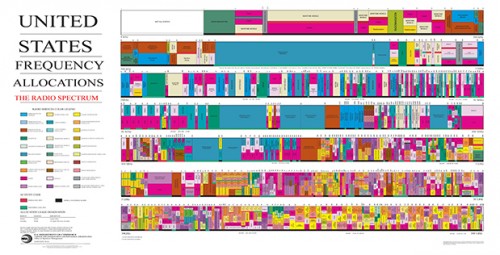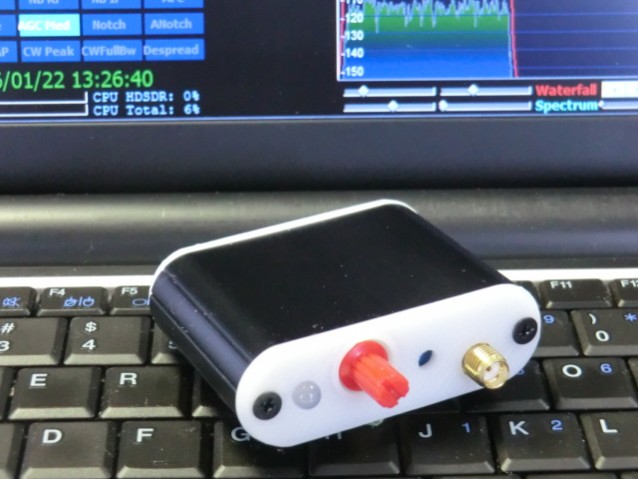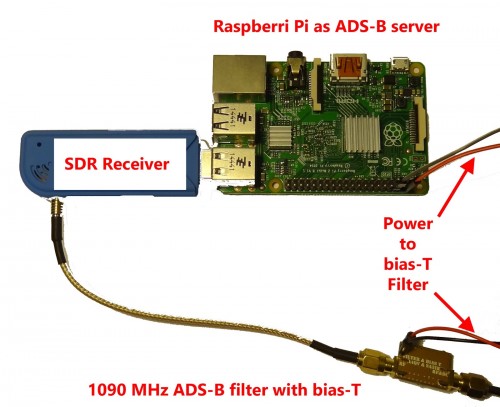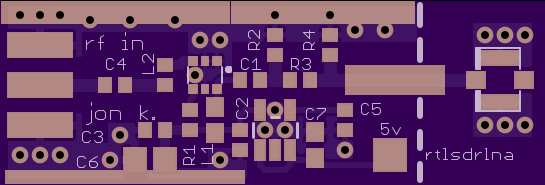Software De-Dispersion of RTL-SDR Pulsar Data
Back in September 2015 we posted about how radio astronomers Peter W East and GM Gancio were able to use an RTL-SDR dongle for the radio astronomy task of detecting pulsars. A pulsar is a rotating neutron star that emits a beam of electromagnetic radiation. If this beam points towards the earth, it can then be observed with a large dish antenna and a radio, like the RTL-SDR.
More recently they published a new paper titled “Software De-Dispersion of RTL-SDR Pulsar Data” (pdf). De-dispersion is a technique that allows very weak signals to be extracted from the background noise. The introduction to the paper reads:
Data files produced by RTL SDR dongles can be folded directly for pulsar detection using software such as rapulsar.exe. Using simple I/Q vector averaging software, the data can be down-sampled by factors of more than 100 prior to folding and/or period search processing to speed up useful data extraction. Ideally, wide band RF data should be de-dispersed to optimise later search and folding processing. De-dispersion is normally carried out by time adjusting data sampled from RF filter banks before combination. This note describes how data already digitised from the RTL SDR can be spectrum analysed or filtered using the FFT algorithm. Two methods are discussed, one summing power with some down-sampling; the second, a ‘coherent’ method that de-disperses the rtlsdr.exe .bin data file and outputs a .bin-compatible file. Both accurately de-disperses the data offering an improved folded data SNR.
More information about radio astronomy with the RTL-SDR, pulsars and the associated software links can be found at Peter W East’s webpage http://y1pwe.co.uk/RAProgs/index.html.






